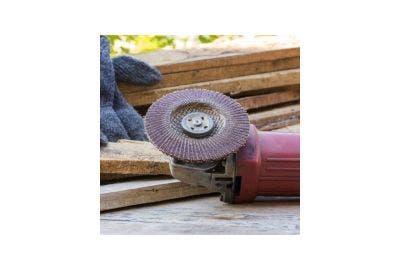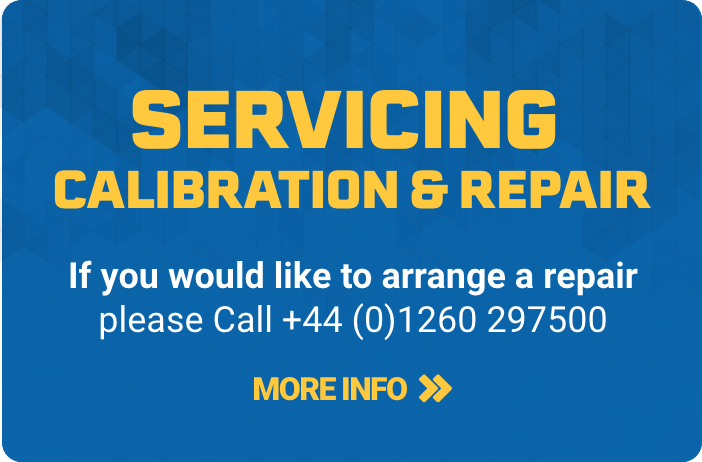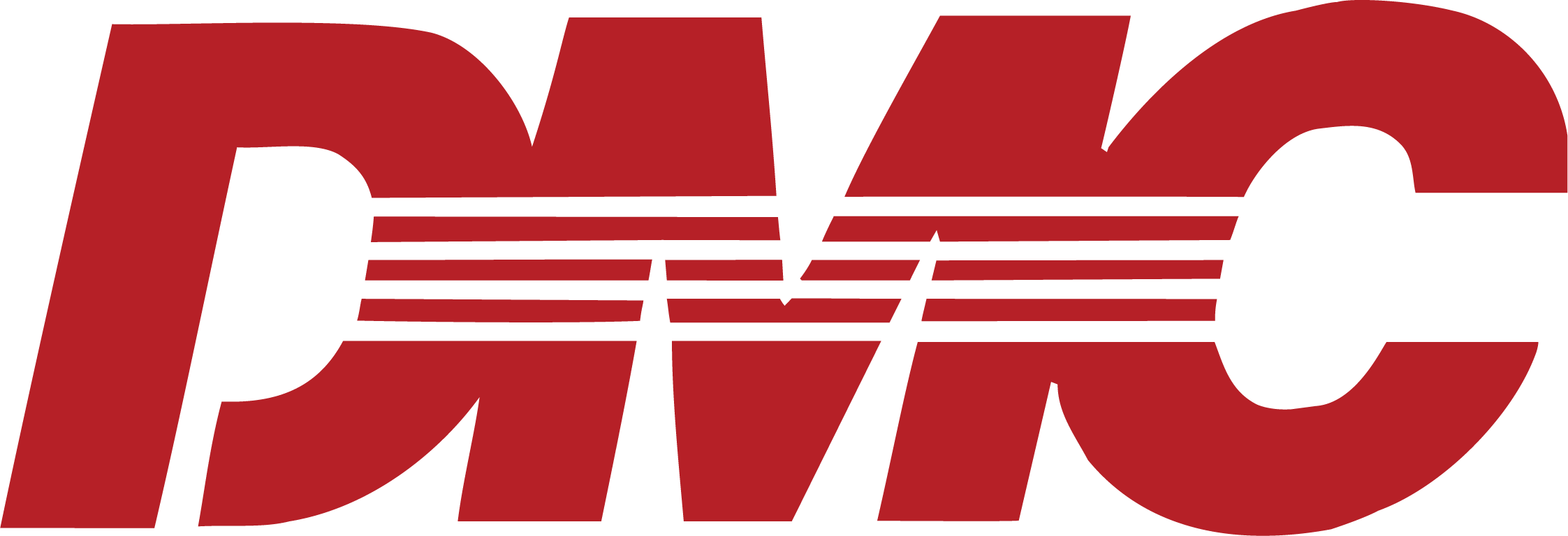Angle grinders are versatile, powerful tools used across construction and DIY projects. They are ideal for cutting, grinding and polishing tough materials like metal. But without proper handling, they can pose serious risks, including injury, damage or even fatal accidents.
This article outlines 10 practical safety tips to help you operate your angle grinder correctly, so you stay safe, protect your kit, and work more confidently on-site.
1. Don’t Customise Your Angle Grinder

Angle grinders are carefully engineered to meet safety and performance standards. Customising them, whether by removing guards, changing handles, or swapping out parts can throw those standards out the window.
Why it matters:
The safety guard isn’t optional. It's there to shield you from sparks, debris and shattered discs. Removing or adjusting it might seem useful in a tight space, but it exposes you to serious injury. Modifying other parts can affect tool balance or increase vibration, making the grinder harder to control.
Stick to this:
Always use approved accessories. If the stock setup doesn’t suit your task, choose a different disc or grinder that’s rated for that job, not a DIY workaround.
2. Make Sure the Disc Is Secure

A loose disc can turn a straightforward grinding job into an emergency in seconds. When spinning at thousands of RPM, even a minor imbalance can cause damage, or worse, cause the disc to detach entirely.
Before you begin, always check:
- The disc is properly seated on the spindle
- The nut is snug, but not overtightened (which can crack the disc)
- The locking flange is clean and debris-free
- The disc sits evenly and doesn’t wobble
Tip: After securing the disc, give it a brief spin by hand. If you feel uneven resistance or hear scraping, stop and re-check the fit. It should turn freely and evenly before you switch on the power.
3. Use Both Hands When Operating

One hand on a live grinder? That’s a gamble not worth taking.
Sure, holding it single-handed might seem easier for small jobs or tight spots, but here’s the thing: angle grinders kick, and when they do, you want both hands in control, not scrambling to recover.
Here’s the proper grip:
- Your dominant hand goes on the main rear handle – that’s your power base.
- The other? It belongs on the side handle. It’s not there for show.
Holding with both hands gives you balance, better pressure control and a much lower chance of slips, spins, or bounce-backs. Plus, it helps your muscles share the load – less strain, more stamina.
It's not just about technique. It’s about avoiding a wheel to the shin or a blade to the boot. Two hands on the tool, always. Simple, right?
Even compact grinders can generate a serious amount of force. Using one hand – even briefly - gives you far less control, especially when working on uneven or vertical surfaces.
Why two hands are most certainly better than one:
- One hand stabilises; the other guides.
- You’ll better absorb sudden kickback or tool movement.
- It helps maintain balance, especially when standing on platforms or scaffolding.
How to grip correctly: Hold the rear handle with your dominant hand and use the auxiliary side handle with your other. Adjust the side handle’s position to suit your angle of approach – most grinders allow you to reposition it for better leverage.
4. Match RPM to the Disc Rating

All grinding wheels and cutting discs are rated for a maximum speed, usually written on the label. Exceeding this RPM can cause the disc to overheat and warp.
Here’s why that matters:
- Discs not rated for your grinder’s speed are more likely to crack or shatter.
- It also causes faster wear, which can dull performance and leave a rough finish.
- Forcing a high-speed grinder to use a low-rated disc is dangerous, even for experienced users.
What to do: Double-check the disc’s label before fitting it. Make sure the disc’s max RPM is higher than the tool’s output. If your grinder is variable speed, set it to match the disc requirements. It’s a small step that prevents major risks.
5. Avoid Using Grinders Near Flammable Materials

It’s easy to underestimate how far grinder sparks can travel, or how hot they get. On active construction sites with sawdust, insulation, chemicals or solvents nearby, this becomes a major hazard.
To reduce fire risks:
- Keep your grinding area free of combustible materials
- Use fire-retardant welding blankets to shield nearby surfaces
- Always keep a fire extinguisher in reach
- Ventilate enclosed spaces to prevent fume build-up
Quick check: Before you start, do a visual sweep of your surroundings. Flammable rags? Fuel cans? Cardboard offcuts? Move them or cover them, just don’t take the chance.
6. Inspect the Tool Before Every Use

It’s easy to think, “I used it yesterday, it’s fine.” But grinders take a beating and wear creeps up when you’re not looking.
Before you hit that switch, give the tool a once-over. Doesn’t have to take long, but it should be thorough:
- Power cable: Any frays, cuts, or dodgy connections? If so, it’s not safe.
- Guard placement: Is it secure and in the right position? That’s your shield—don’t skip it.
- Disc condition: Cracks, chips or odd edges? Bin it. A damaged disc is a projectile waiting to happen.
- Handle stability: If it wobbles, it’s a risk. Tighten it up.
These quick checks catch small issues before they become serious ones. And they save you time in the long run. A grinder that’s off its game won’t just work poorly—it might not work safely at all.
7. Take Breaks to Prevent Fatigue

Angle grinders are loud, heavy and produce constant vibration. Using one for extended periods without a break wears you down, and fatigue leads to mistakes.
Why breaks make sense:
- Muscle fatigue reduces grip strength, especially in your wrists and forearms.
- Concentration drops as fatigue sets in, increasing the risk of slips or overcuts.
- Vibration exposure builds over time and can lead to long-term hand damage (HAVS – Hand Arm Vibration Syndrome).
Practical tip: Plan to have short breaks after 20–30 minutes of continuous use. Stretch your fingers, flex your wrists and switch tasks where possible. You’ll stay sharper and safer across the whole day.
8. Unplug Before Changing the Disc

It only takes one knock to trigger a grinder and if you’re holding the disc or tightening the nut when that happens, the consequences can be brutal.
Always disconnect from the power source before:
- Changing or inspecting the disc
- Cleaning the tool
- Moving it between locations
If it’s cordless: Remove the battery, don’t just trust the trigger lock. Power must be fully isolated before handling anything sharp or fast-moving.
Why it matters: Accidental starts are one of the most common causes of power tool injuries, and they’re entirely preventable.
9. Wear the Right Safety Gear

Grinders produce sparks, dust, noise, heat and high-speed fragments. PPE isn’t just for show; it’s your last line of defence if something goes wrong.
What you need on every job:
- Eye protection: Safety goggles or wraparound glasses.
- Hearing protection: Earmuffs or plugs to protect against long-term noise damage.
- Gloves: Tough, close-fitting gloves that still give you control.
- Dust mask: Especially important when cutting masonry or painted surfaces.
- Clothing: No loose sleeves, scarves or baggy tops. Tie back long hair.
Reminder: A cracked disc or flying spark can happen with no warning. Your gear is there for the seconds you can’t predict.
10. Always Use the Safety Guard

It might block your view slightly, but the safety guard is designed to save your face, hands and arms from the worst-case scenario, which could be a shattered wheel at full speed.
Why it's non-negotiable:
- Guards deflect sparks and debris away from your body.
- They help contain fragments if a disc fails.
- They protect your hand if the grinder skips or jumps.
Set it up properly: Adjust the guard to suit your angle of attack. It should sit between you and the disc’s outer edge and never remove it “just for one quick cut” because that’s when problems arise.
Need an Angle Grinder You Can Rely On?
Staying safe on site isn’t just about what you do; it’s about the tools you trust. Whether you’re grinding welds, cutting steel or smoothing edges, the right kit makes every job easier and safer.
At Heamar, we stock a range of high-quality angle grinders, including cordless models for added flexibility, plus a full selection of cutting discs and safety accessories to go with them.
Explore our angle grinders and make sure your next job is done right – from first cut to final polish.


























